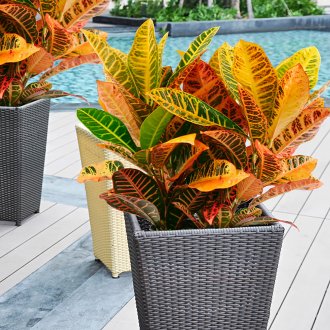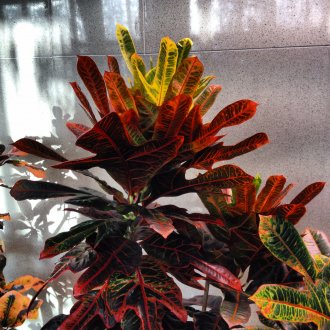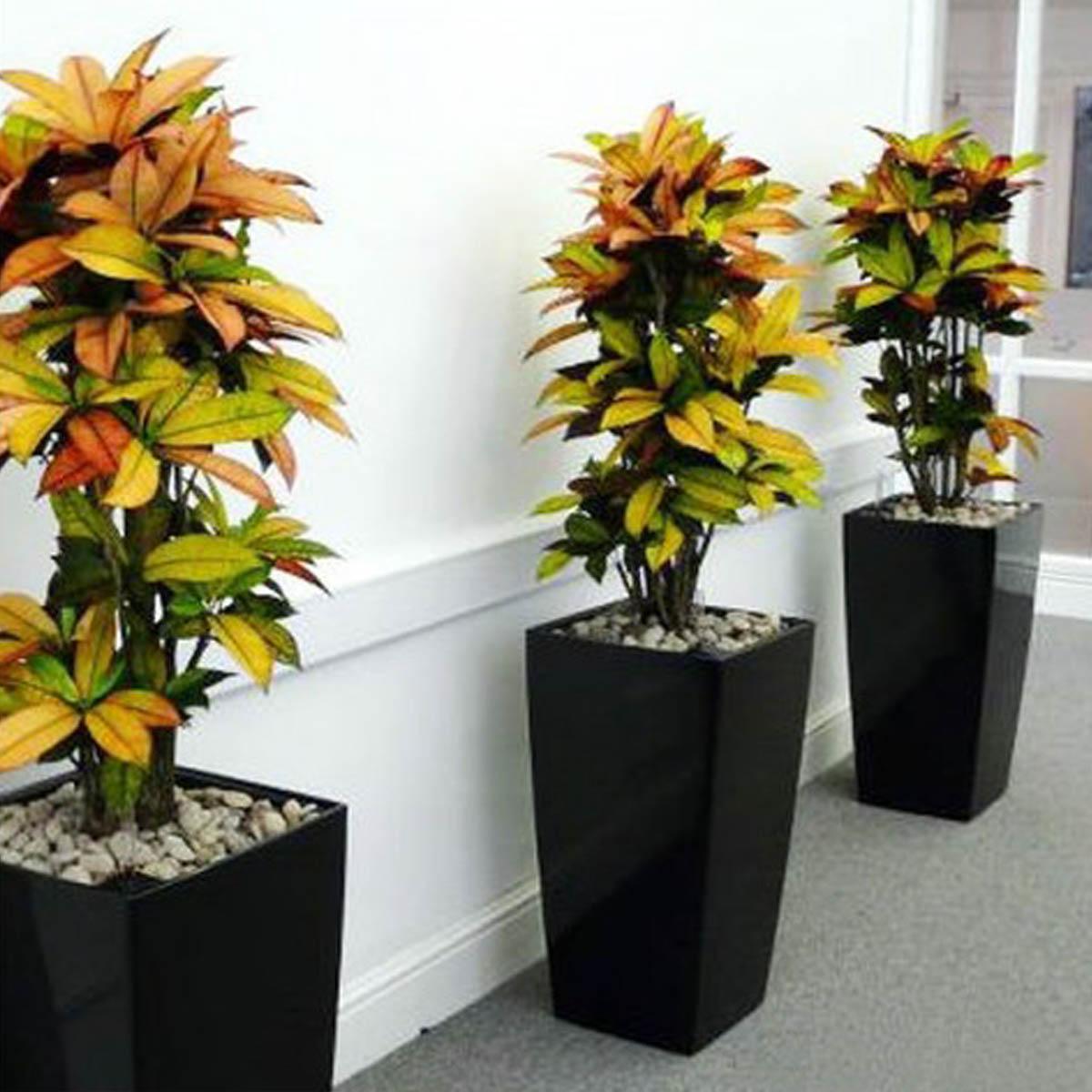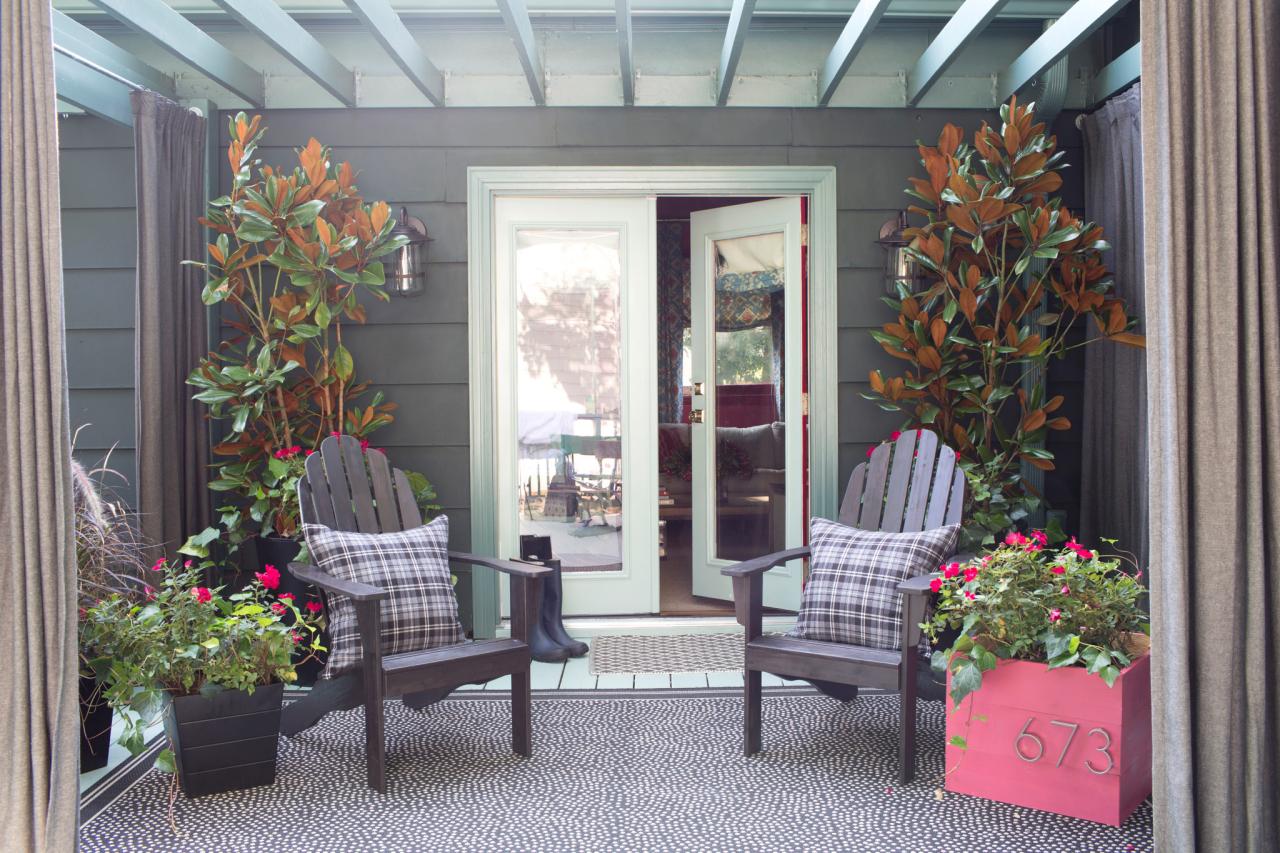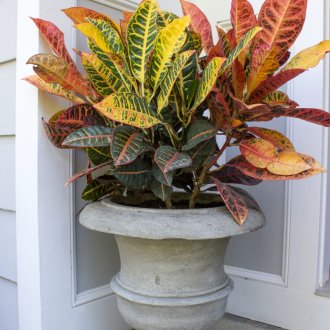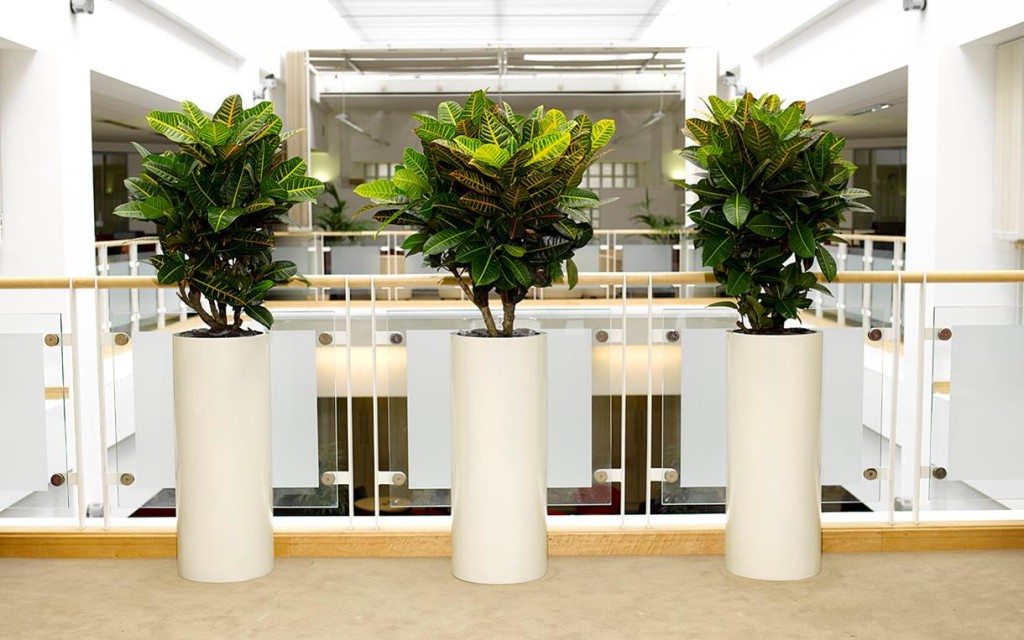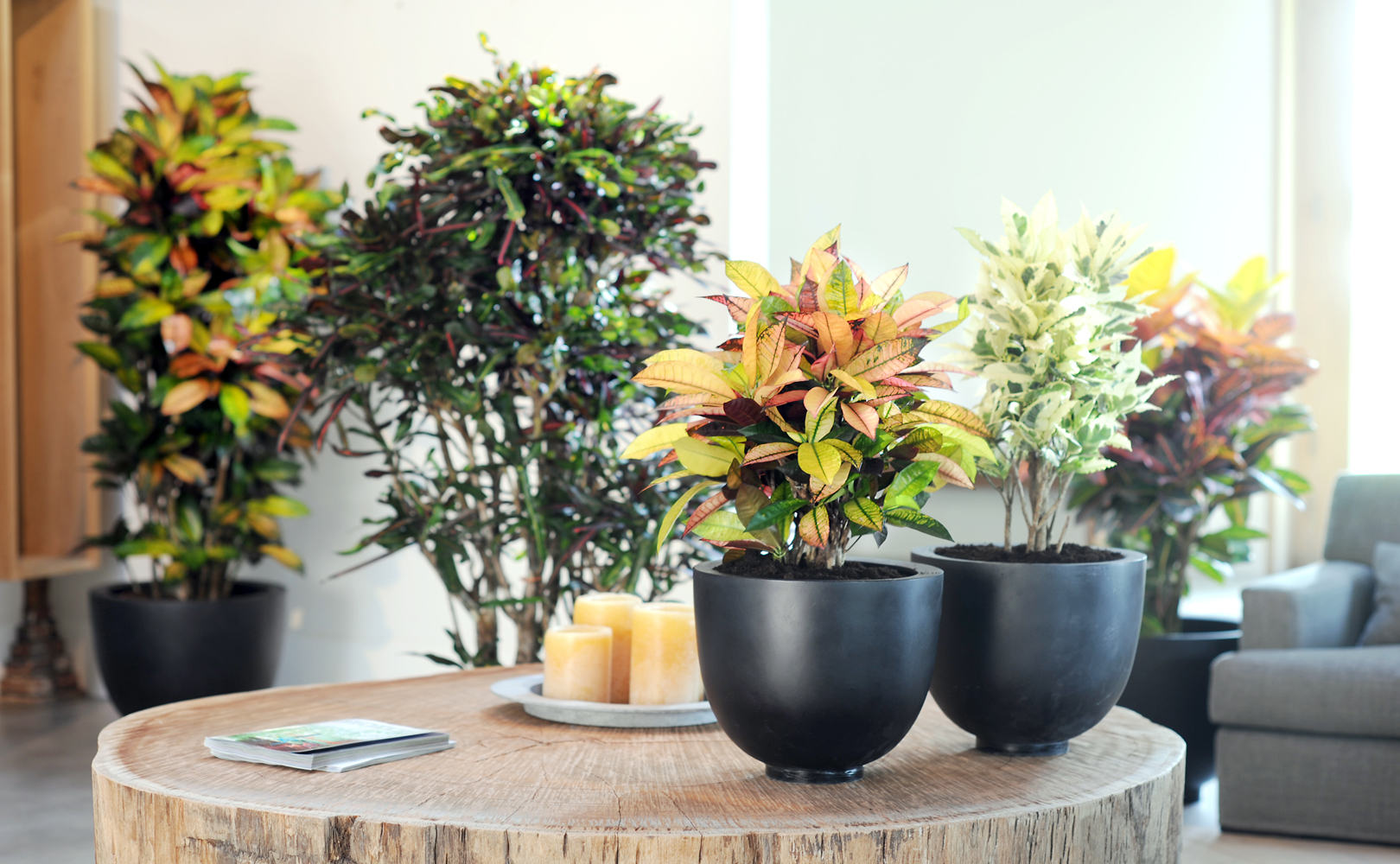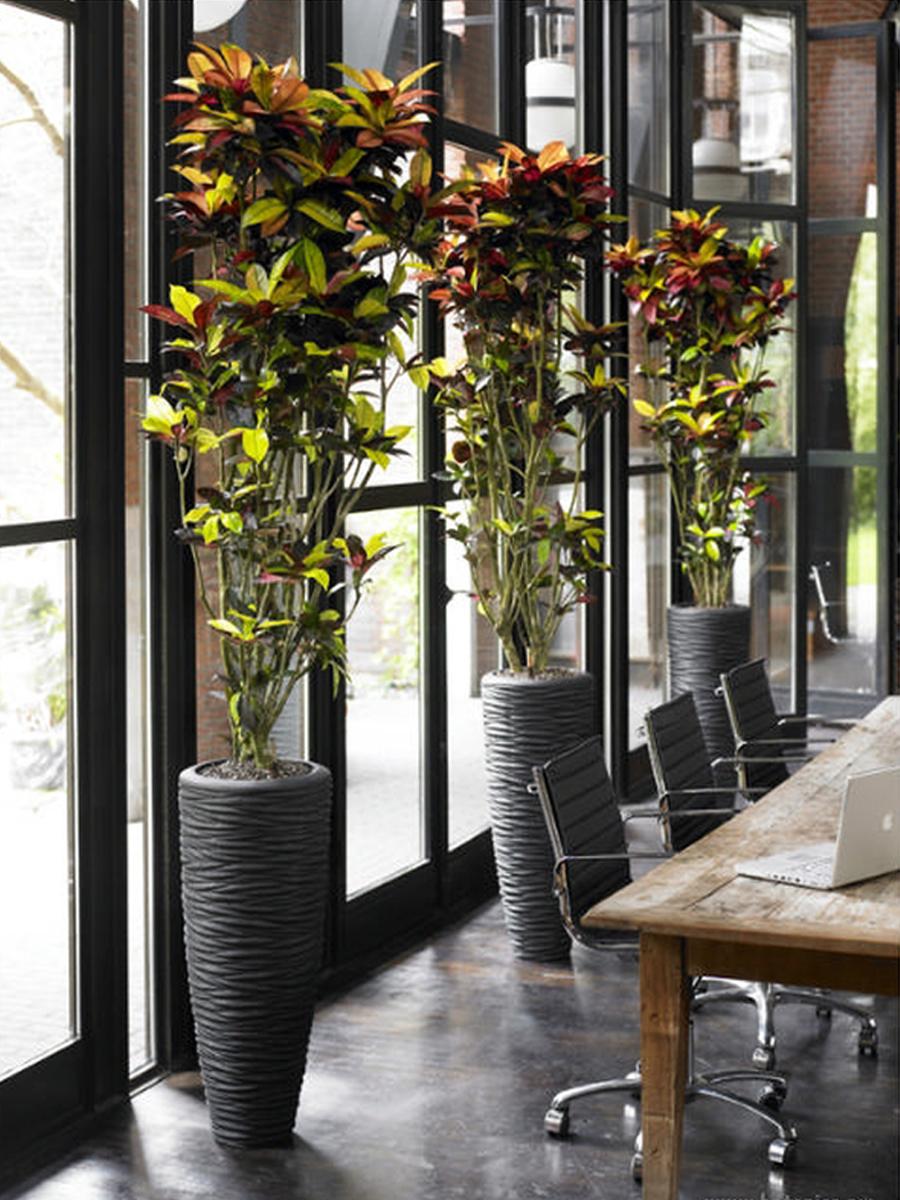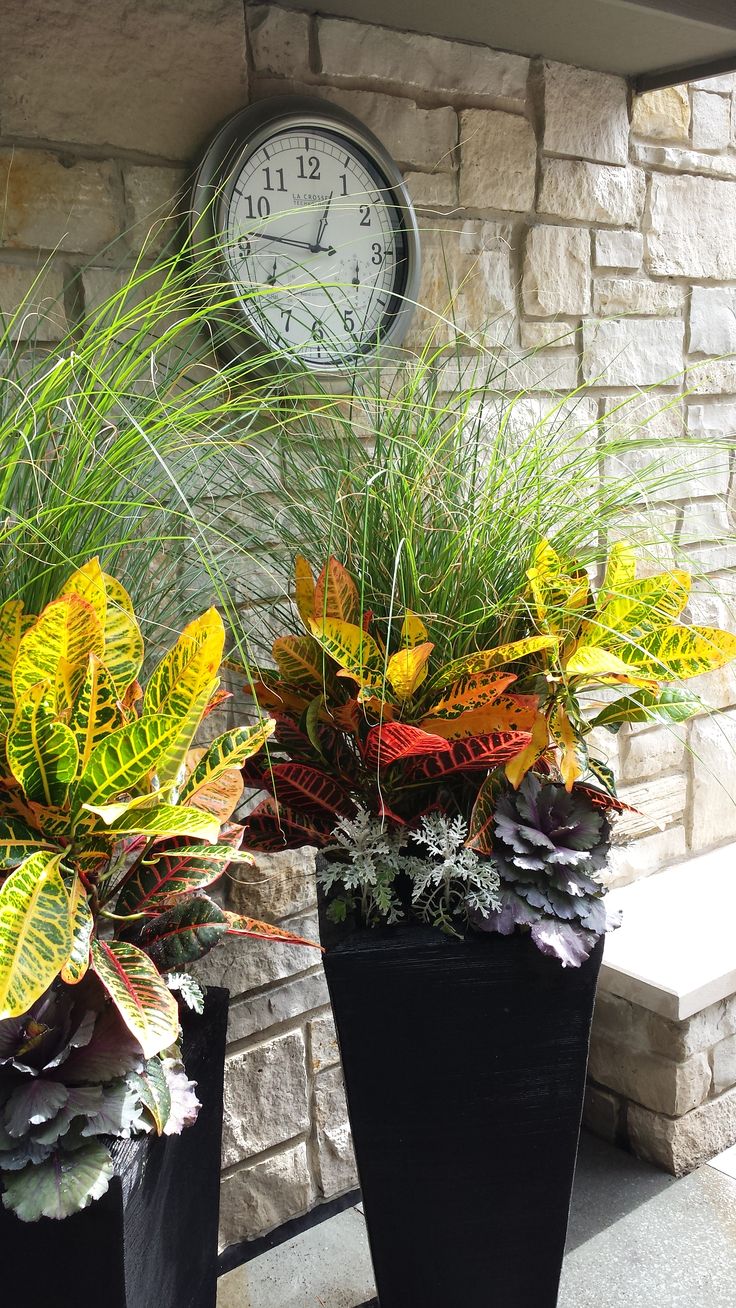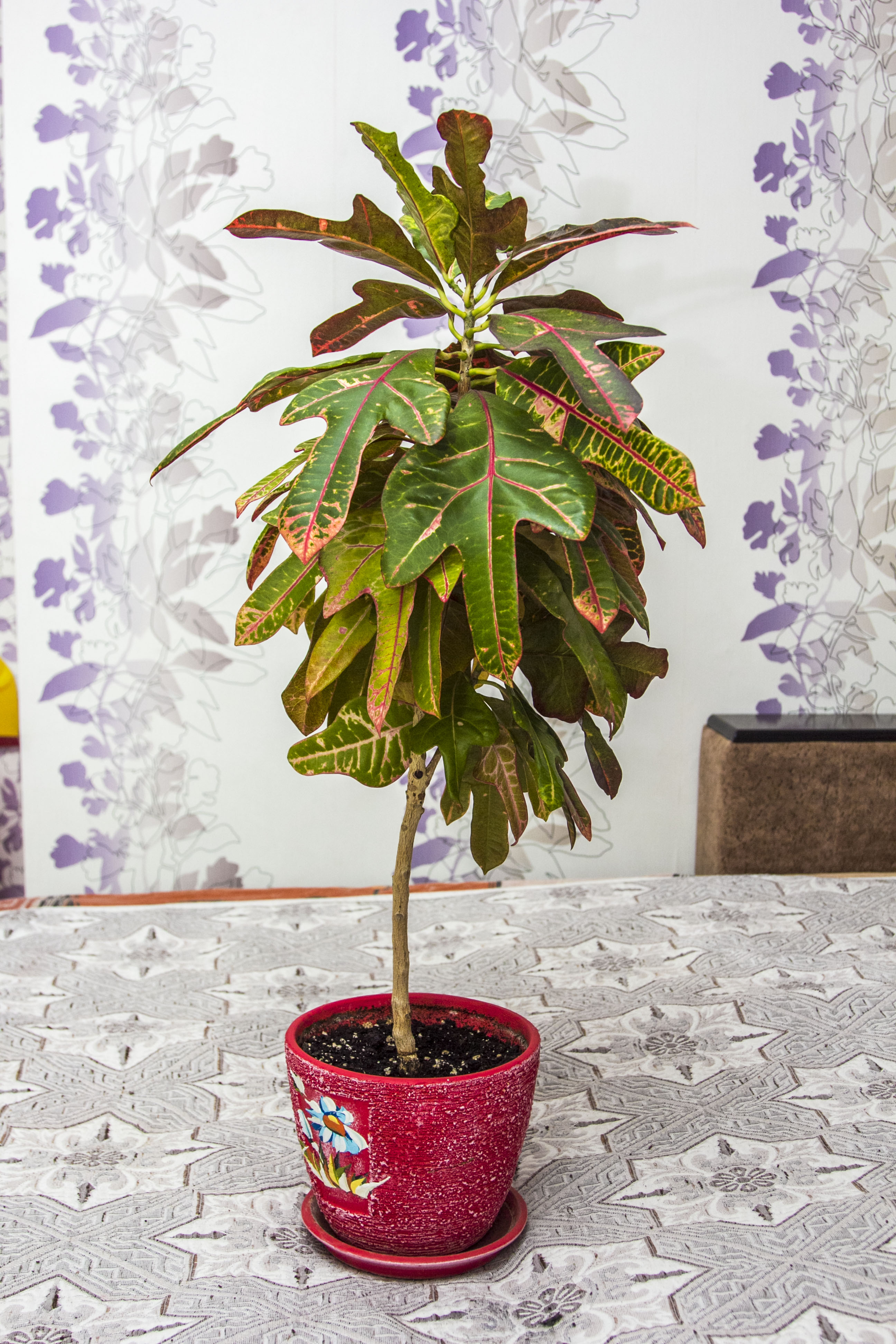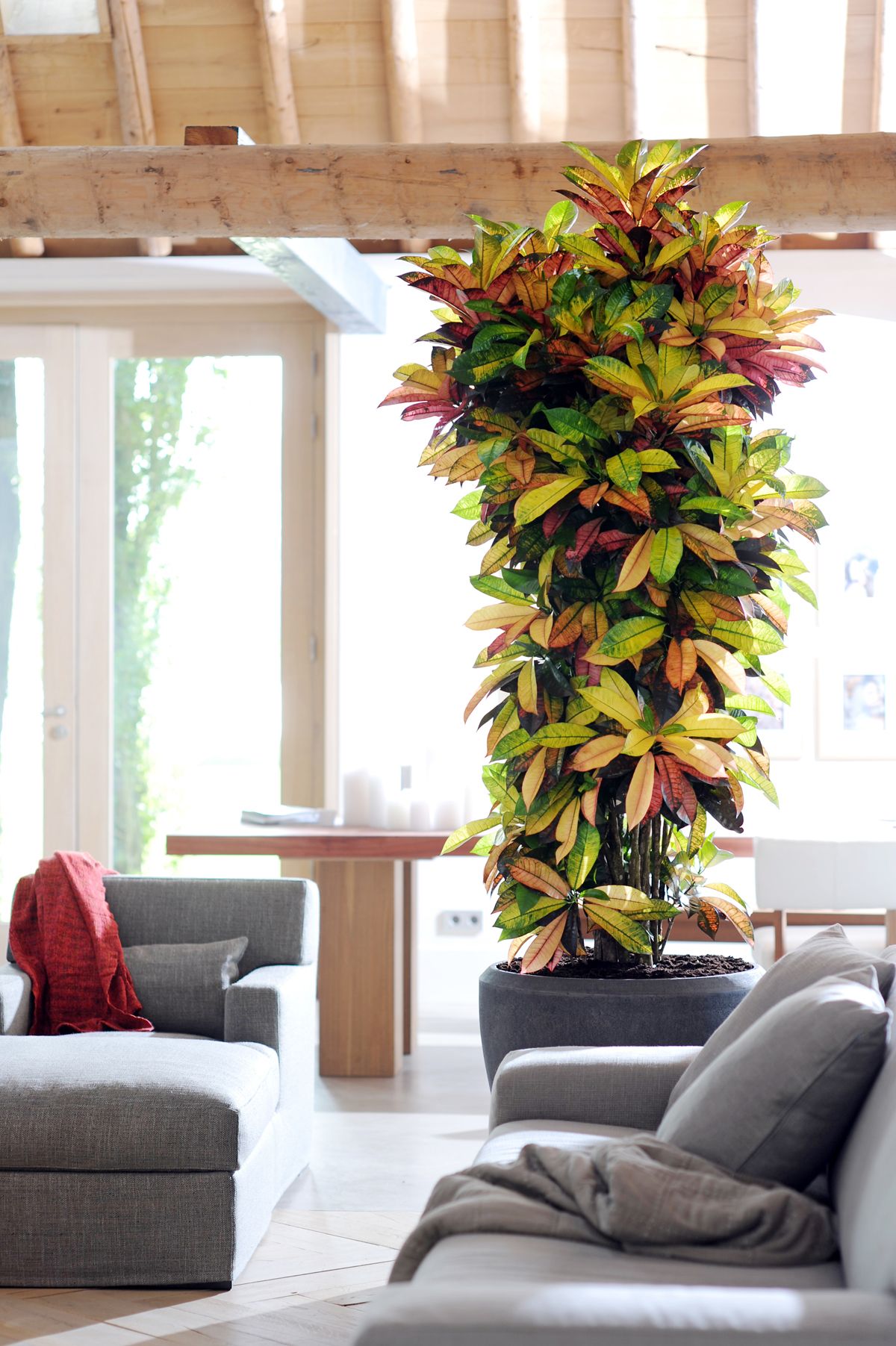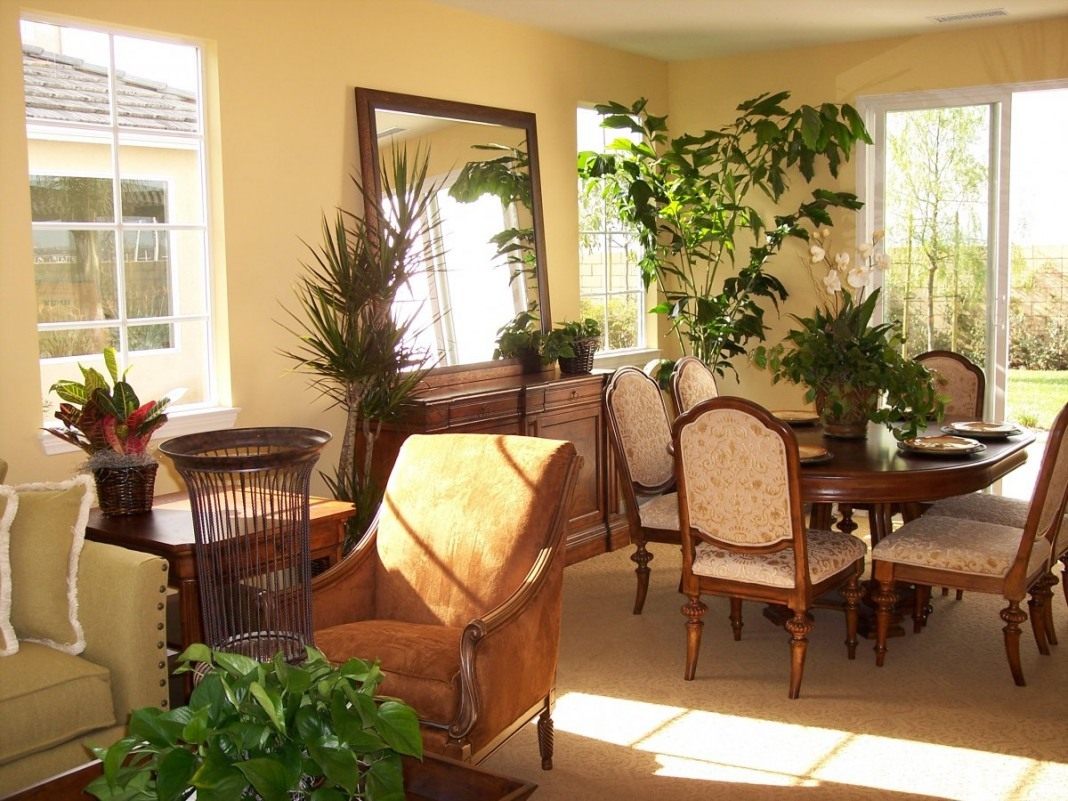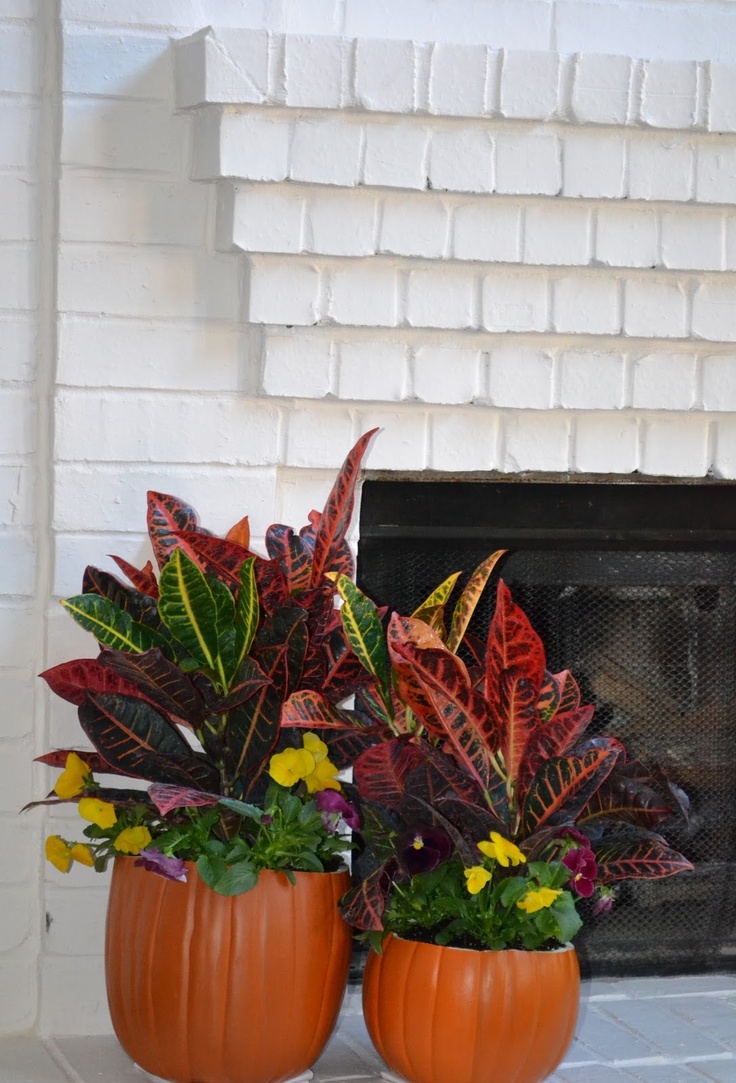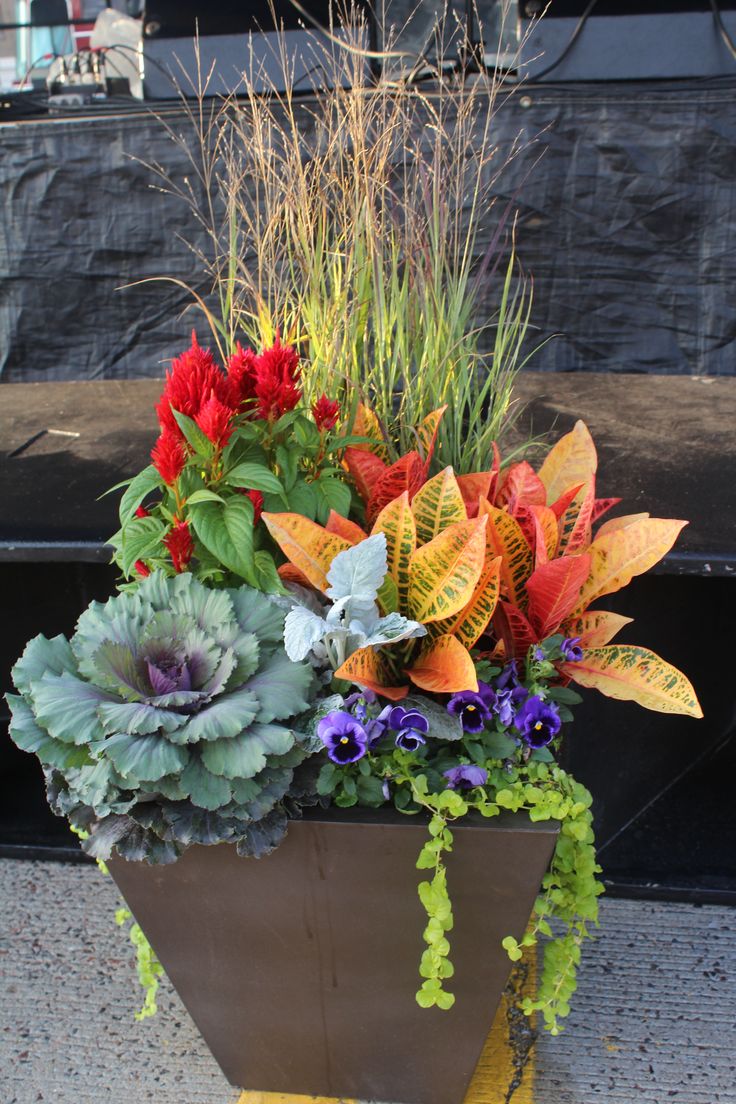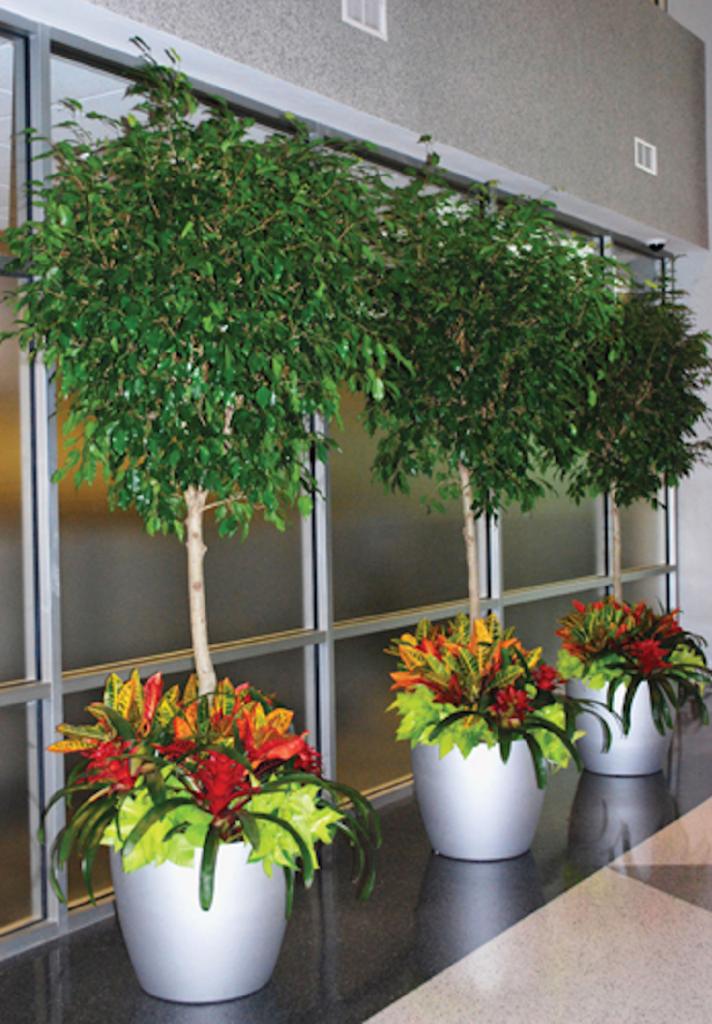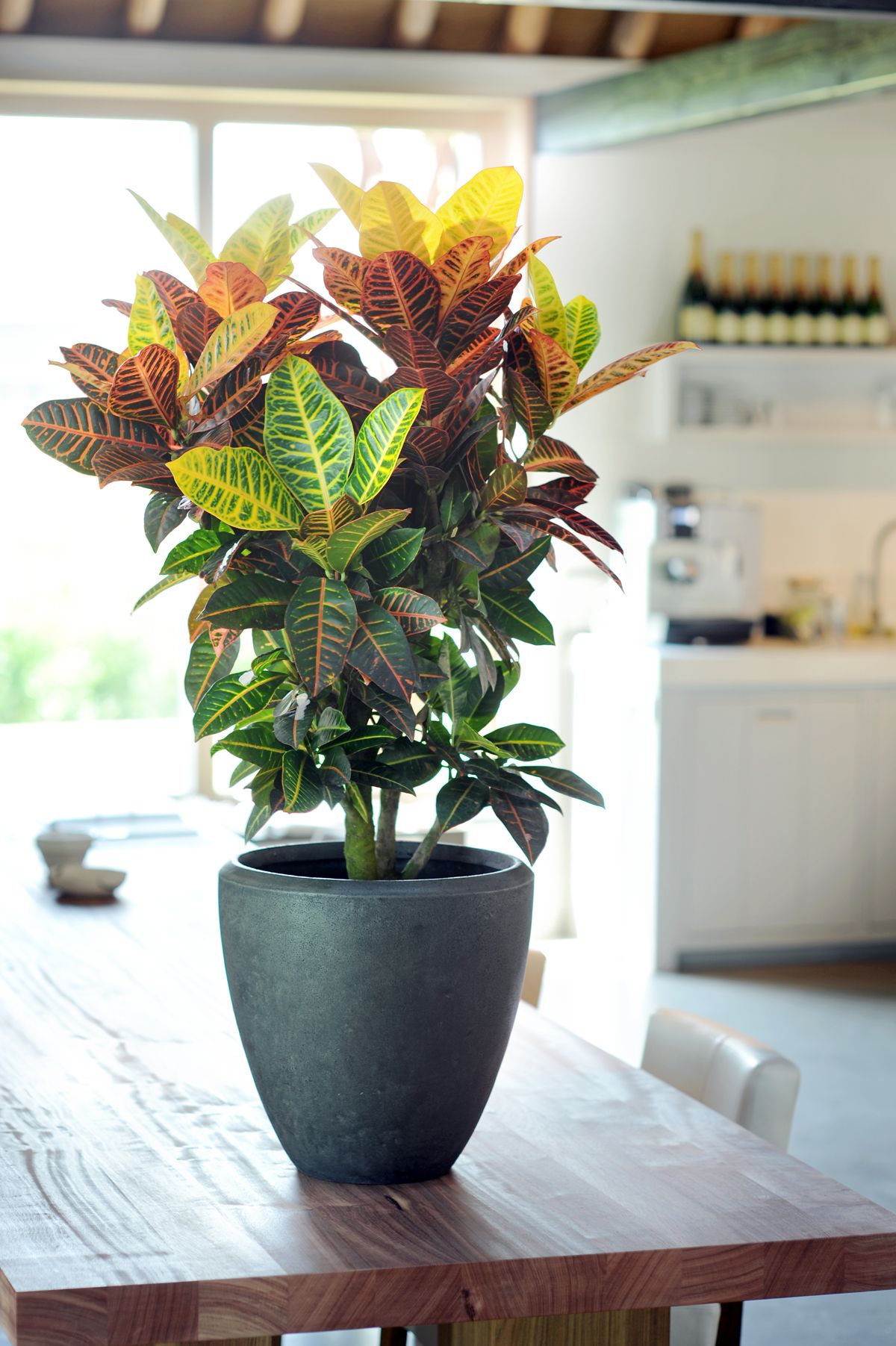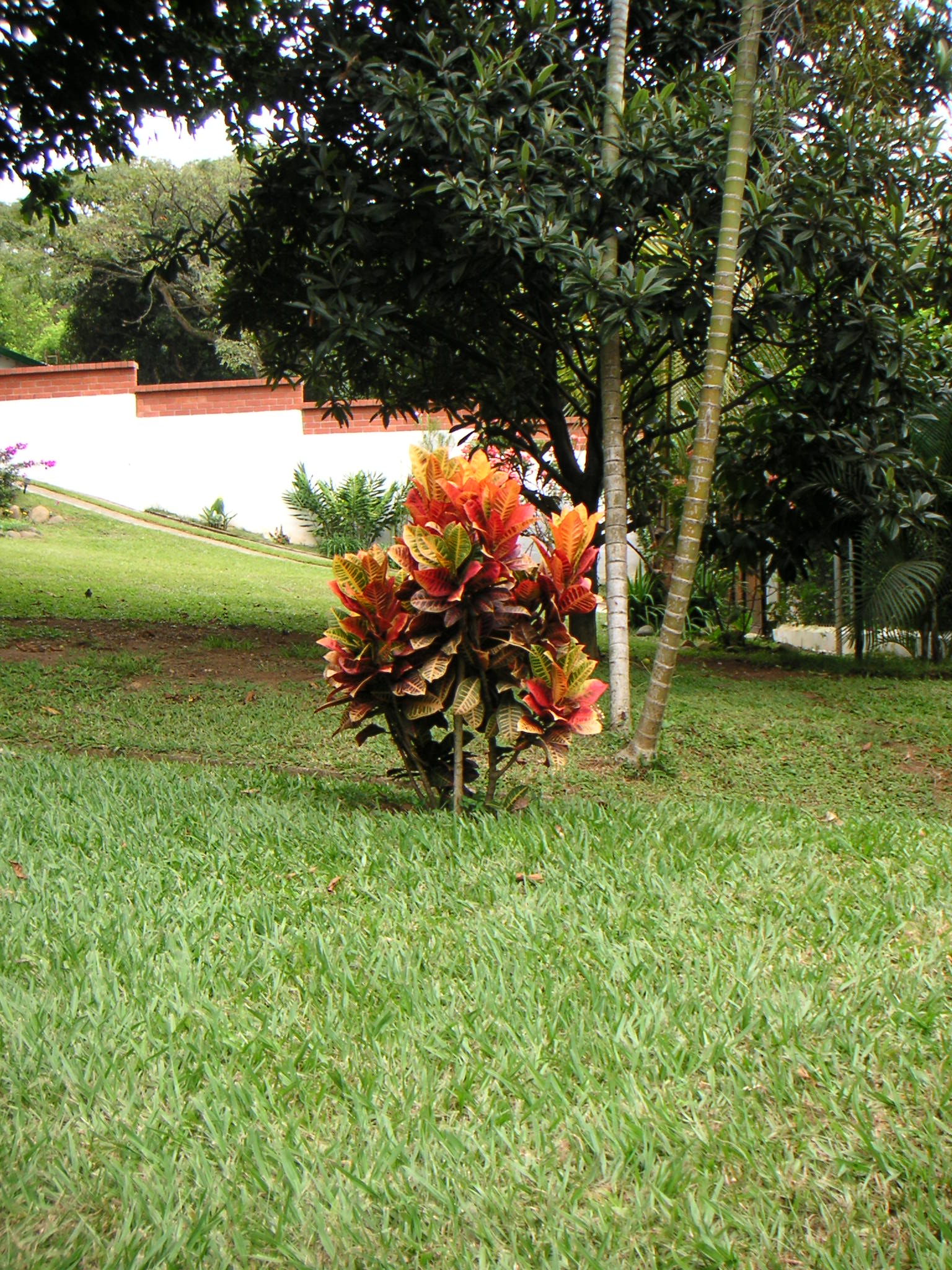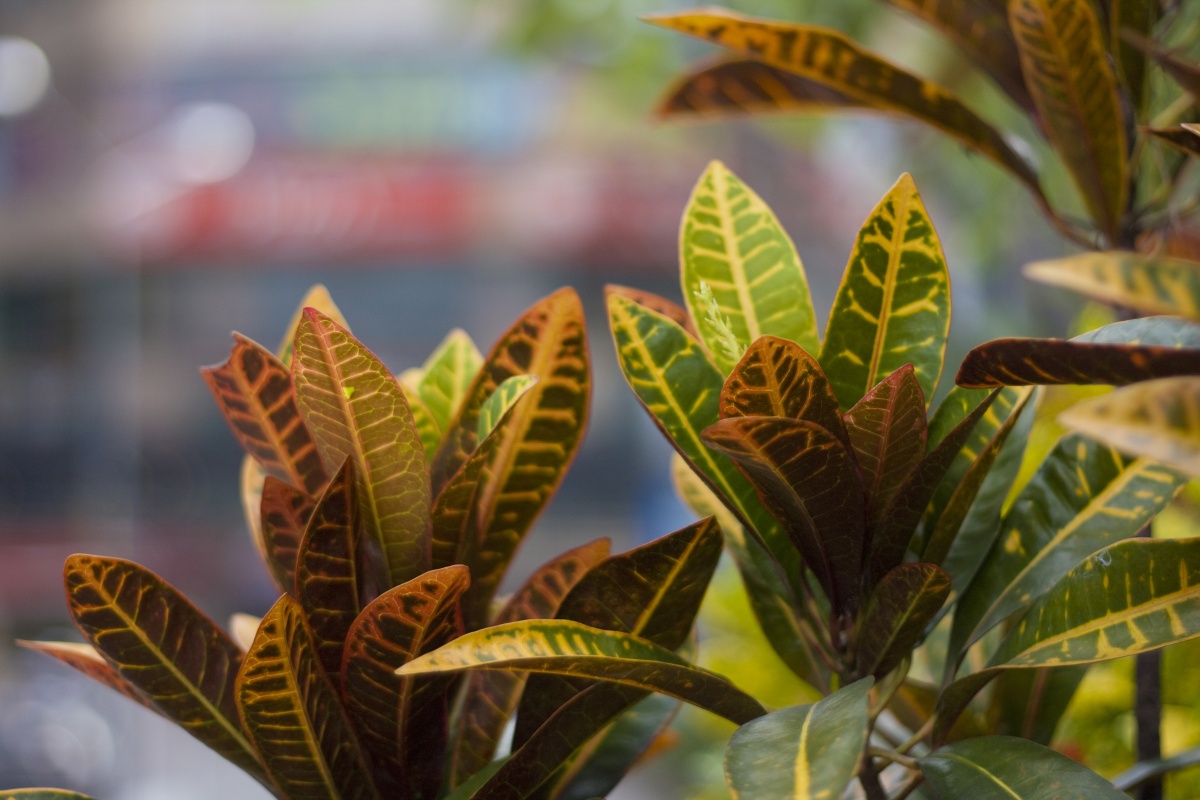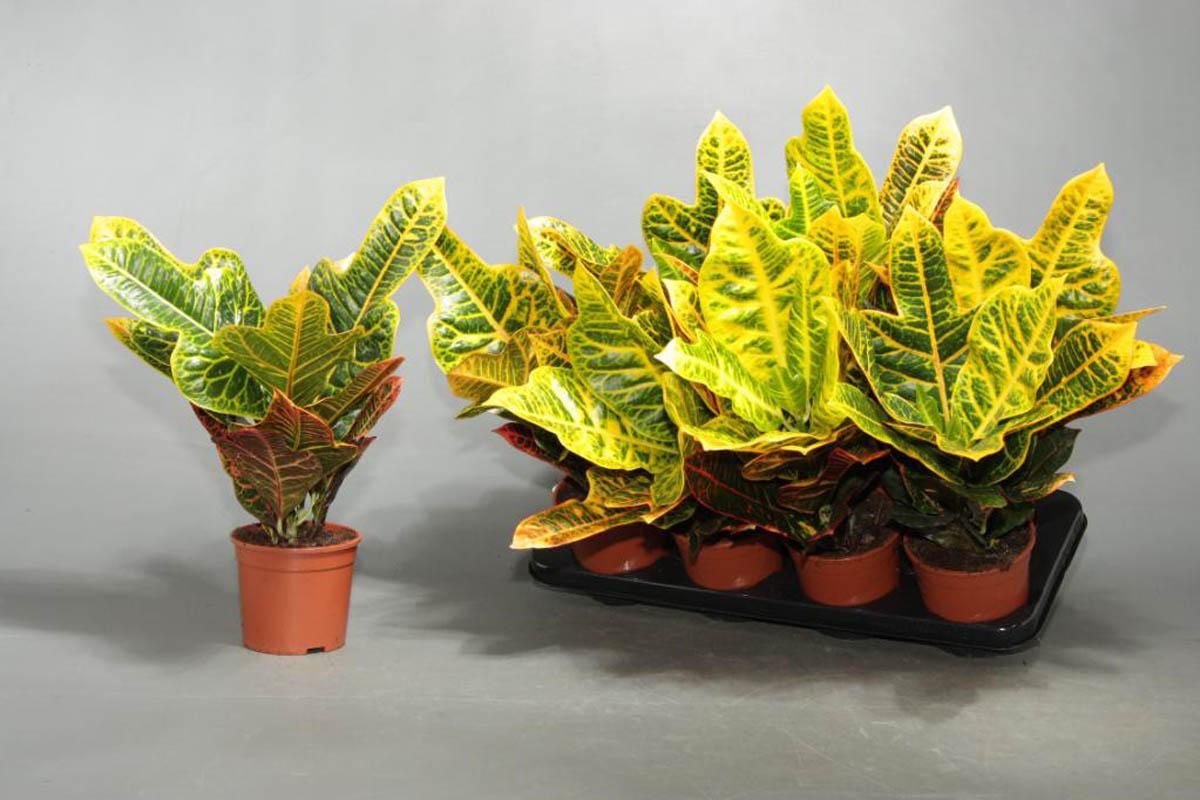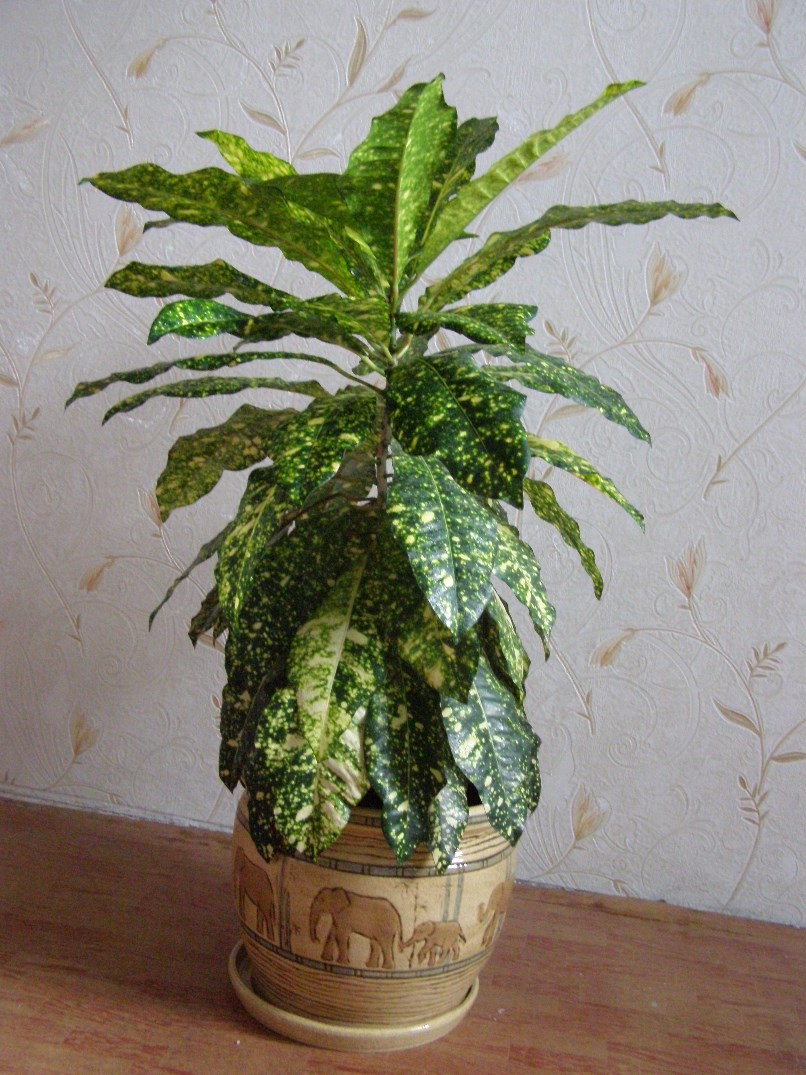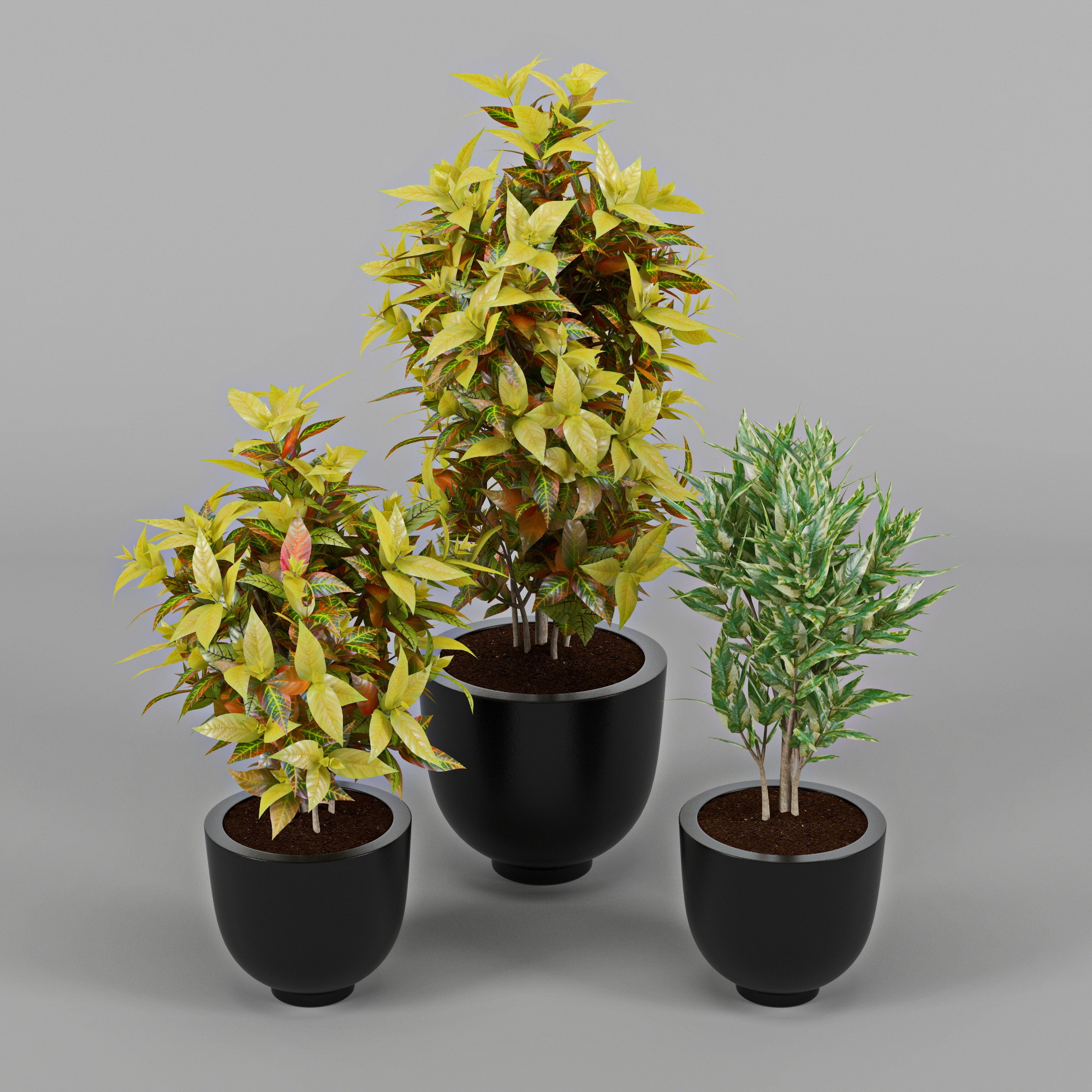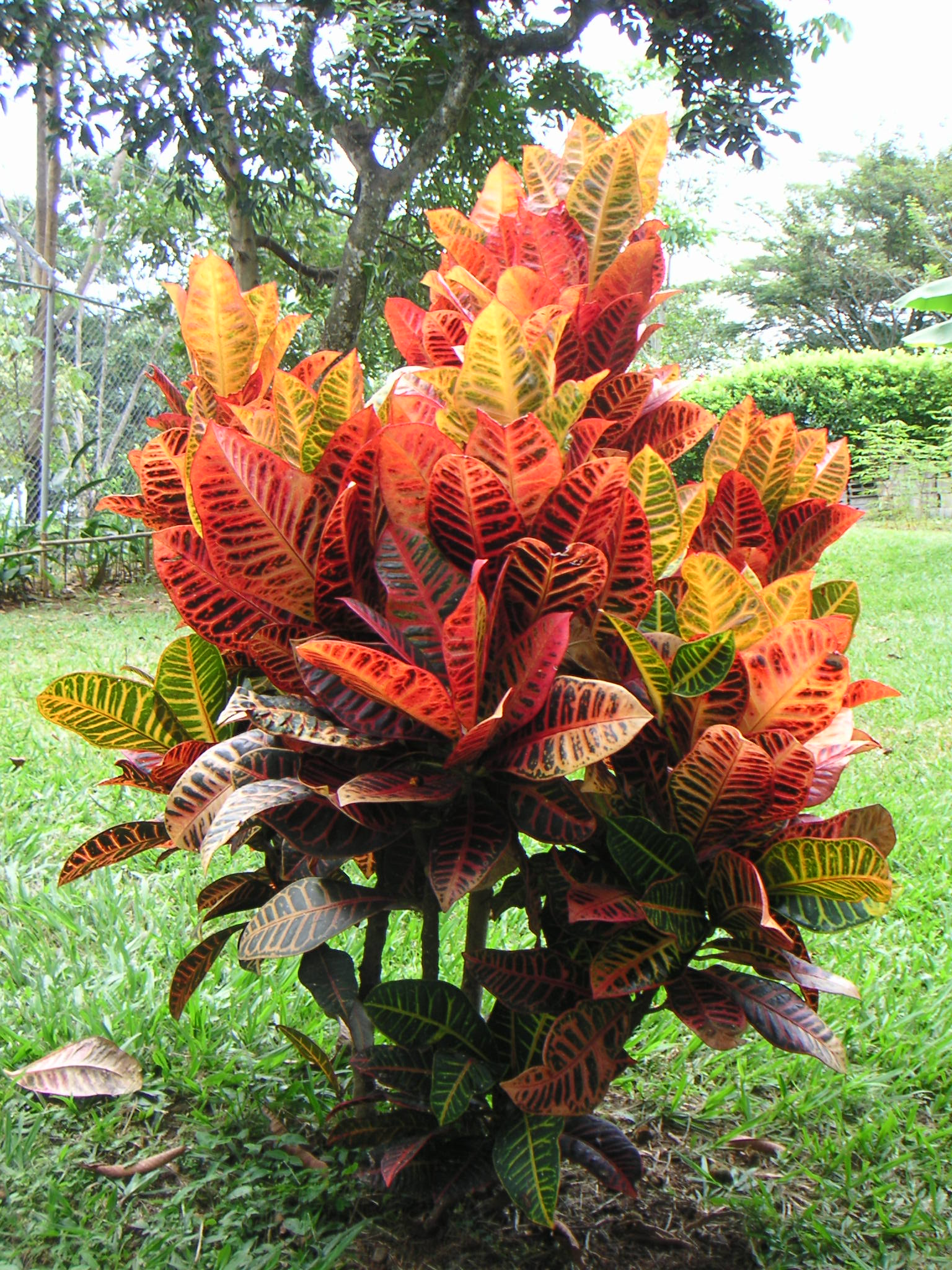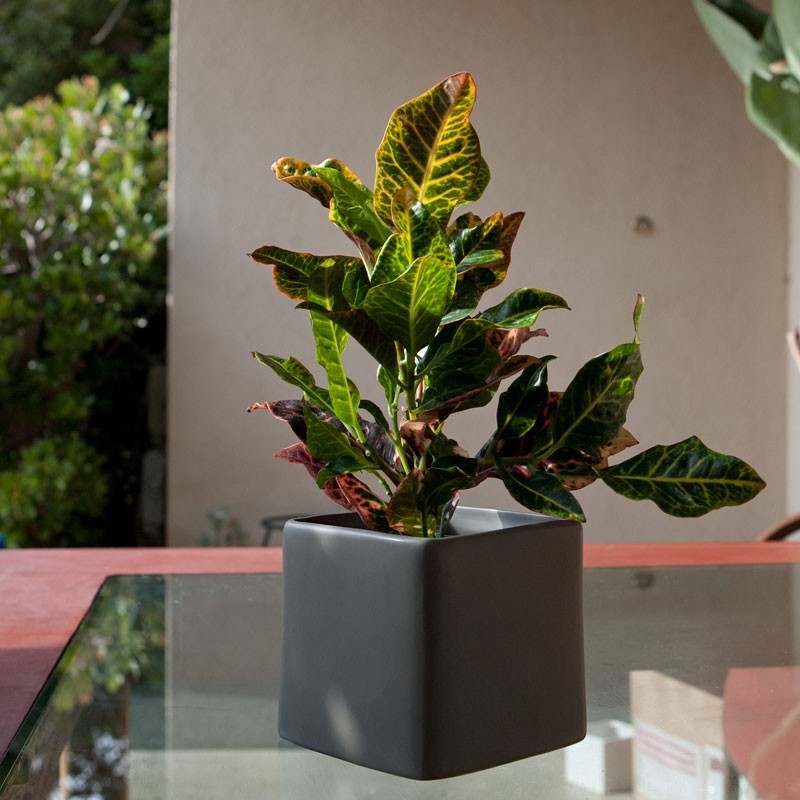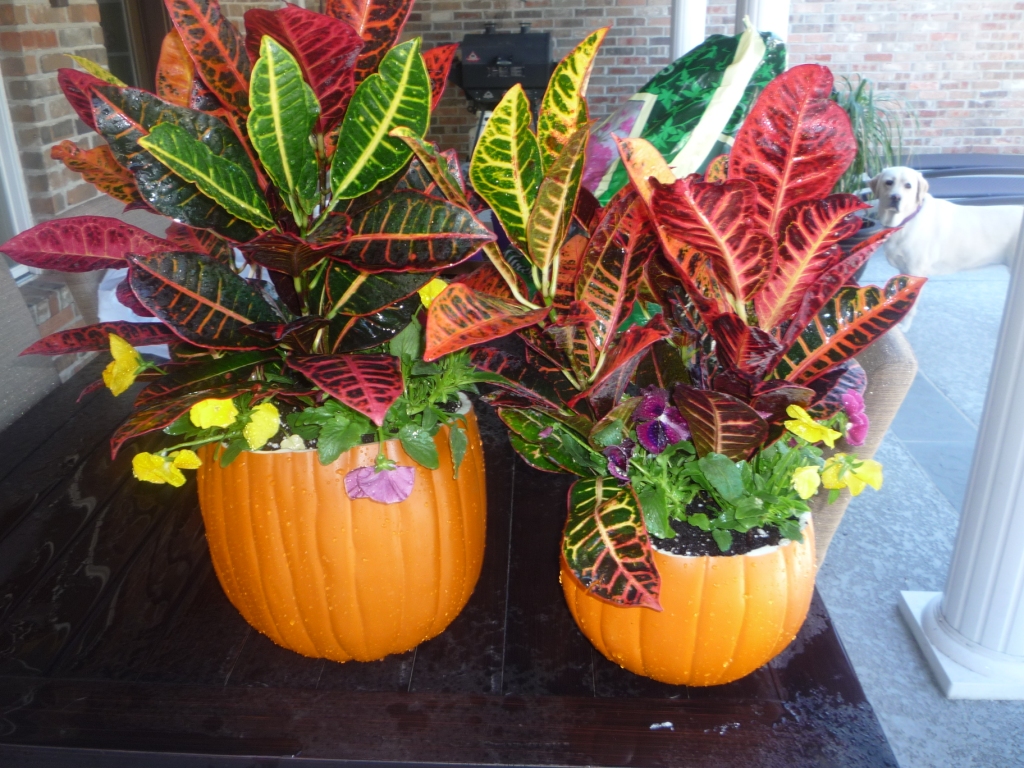Croton: home care (31 photos)
Content
Croton or codium (Latin: Codiaeum) is a thermophilic plant native to the humid tropics of Southeast Asia. This colorful representative of the family of euphorbiaceae in the wild reaches a height of 3 meters or more. Croton at home with careful daily care can be grown up to 1-1.5 meters high.
Croton is a home plant that requires vigilant cares. This expensive shrub should be purchased only by flower growers who are ready to devote a lot of time and effort to caring for the codium.
Croton as an exquisite decor item
Indoor croton is appreciated for the unusual bright color of the leaves. The deep green color of the foliage of different plant varieties is combined with rich shades of yellow, red, orange and purple tones in the most bizarre combinations. The codium flowers are small, white and nondescript have no decorative value.
The compact croton in the form of a bush or a houseplant will become an adornment of a residential building or office space.
The danger of code
It is important to remember that codium is poisonous, like most representatives of euphorbiaceae. Its juice causes irritation upon contact with the skin; the ingress of croton juice into the gastrointestinal tract causes vomiting, nausea and diarrhea. After any manipulations with the codeium, it is recommended that you wash your hands thoroughly with soap and water.
Kodiyum should be kept away from children.
Plant shape
Under ordinary conditions, codium grows up like a small tree. If desired, the plant can be shaped like a bush. For this, the croton shoot is cut with a sharp knife. It should be noted that croton is difficult to add splendor, since under natural conditions the growth of the plant is directed upwards. Most often, the efforts of flower growers are aimed at growing a room tree, which will become a picturesque decoration of any interior. Connoisseurs will appreciate the efforts made to raise this capricious pet.
Croton: creating the perfect microclimate
Dozens of varieties of indoor codiums are known, but all of them require the same conditions and care. The croton home flower needs a warm and humid climate, as in its native tropics. The optimum air temperature is 20-22 ° C, in winter it is impossible to prevent a temperature drop below 16 ° C, in the summer - above 26 °. With hypothermia, the root system of the plant rots; when overheated, the leaves dry.
The shrub does not tolerate drafts, even in the summer it is not recommended to take it to the balcony. It is desirable that the air flow from an open window or window does not fall on the leaves.
All varieties of croton need adequate lighting, but without direct sunlight. The optimal location for the plant would be a window facing west or east. In winter, you can put the pot on the windowsill, looking south. Deprived of sunlight, the croton leaves lose their colorful color and acquire the usual dark green color.
Constant high humidity is very important for croton.The soil in the pot should always remain moist. Experts recommend placing the pot with the plant in a wide tray filled with gravel. Water is constantly added to the pan so that the pebbles are in the water. In such conditions, the codeium will feel comfortable.
Croton does not tolerate dry air: if the pot is located near a radiator, constant humidification will be required. The tray with gravel described above will perfectly cope with this task, as well as a bowl of water (a layer of pebbles is also laid on the bottom) or a special humidifier.
Thus, the optimal conditions for growing codium are as follows:
- temperature is about 22 ° С (seasonal fluctuations of 16-26 ° are permissible);
- sufficient lighting without direct sunlight;
- complete absence of drafts;
- constantly moistened soil and air.
Croton: Home Care
The picturesque croton will become an adornment of any windowsill, and a grown houseplant will become a real pet.
Watering
For irrigation use only warm, settled water at room temperature. Croton is watered every other day, in winter - every three days. The soil in the croton pot should always remain moist, but excessive dampness will lead to decay of the root system and the plant itself.
Leaf care
Simultaneously with watering, it is advisable to spray the leaves from the spray gun. The sprayer is set to the “minimum” mode - tiny drops should immediately dry on the leaves, but not drain down! At least once a week, the leaves are wiped with a damp cloth.
Top dressing
In the flowering season - in spring and summer - codium is fed every week with special nutritious mixtures, which are applied to the soil after watering the plants. In winter and autumn, fertilize croton enough once a month.
The soil
To plant the codium, you can purchase ready-made soil for deciduous ornamental plants or prepare the soil mixture yourself. The following components will be required in equal proportions:
- humus;
- turf;
- sand (sifted);
- peat.
Home soil should be sterilized to kill pathogens: calcine or freeze. Kodiyum planted in wide low flowerpots. Approximately 1/4 of the height of the tank, at least 3 cm is drainage.
Transfer
How to care for a young and mature croton?
Young codium is transplanted every year. Pick up a pot 2-3 cm larger than the previous one. The plant is transplanted together with an earthen lump from the former pot, they fill up nutrient soil. A mature plant is transplanted after 2-3 years, a pot is selected, the diameter of which is 3-5 cm larger than the previous one. The transplant is performed in spring or summer. Do not transplant blooming croton.
When transplanting, it is important to ensure that the roots of the plant do not come into contact with the drainage layer.
Signs of improper codium care
| Sign | Possible reason |
|---|---|
| Leaves have acquired a uniform green color. | Insufficient lighting |
| Croton discards leaves | Watering with cold water, lack of moisture |
| Leaves sagging down | Lack of moisture |
| The tips of the leaves dry | Insufficient watering |
| Plant roots rot | Low temperature, excessive watering |
| Plant diseases: scale insects, mealybug, spider mite | Over-dried soil, low air temperature |
Croton diseases
Typical codium disease: spider mite, scabies, mealybug. Diseases affect codium only with improper care. In this case, the plant is carefully washed with a sponge with a mild soapy solution and sprayed with special preparations.
Varieties of indoor croton
Of the 17 species of croton growing in the wild, only the motley codium - Codiaeum variegatum - and its subspecies have moved into the rooms. On sale you can find the following varieties of croton.
Gold Dast
The green laurel-shaped leaves of the Gold Dast subspecies are decorated with a scattering of yellow spots, similar to sunbeams.
Excellent (Excellent)
Veins of green leaves are painted in various bright shades of yellow and red.Large leaves have an unusual carved shape. The variety is the most popular among gardeners.
Norma
With proper care, the leaves of the subspecies Norma delight the owner with a warm yellow-red color.
Gold Star
The original Gold Star is distinguished by long narrow leaves of yellow-green color.
Petra
Large variegated leaves are adorned with colorful yellow, red, orange and purple veins in the most unusual variations.
Iston (Mrs Iceton)
This variety distinguishes the particular color and shape of the leaves, giving the codium a look of a flower.
Golden Ring
Elongated glossy leaves are abundantly decorated with gold streaks of spots.
Types of croton are quite diverse, differ in size, shape and color of the leaves.
Reproduction of codium
With proper care, the codium is actively growing and pleases with its unusual appearance.
Seed propagation
Blooming croton leaves the fruit in the form of seeds. The latter are placed in a special nutrient mixture that stimulates growth before planting. Ready-made stimulant can be purchased at a specialized store or use home remedies.
Aloe
The seeds are just soaked in aloe juice. 5-6 drops of vitamin C and B (B1, B6, B12) are diluted in a liter of water. Soaked seeds are planted in the soil, cover the container with a film and wait for the germination of seeds. Propagated by croton seeds in winter, in January-February.
Propagation by cuttings
A more common way of breeding codium. In the spring, until the croton began to bloom, the tree-like top of the cuttings 11-15 cm long was cut with a sharp knife. The section was washed in warm water to wash off the toxic milky sap and dried in air. Leaves are tied up in a bun to avoid moisture loss.
A tied stalk is planted in a flowerpot with soil (see above). The container together with the shoot is covered with a film and put in a warm place. After about a month, the stalk will take root.
